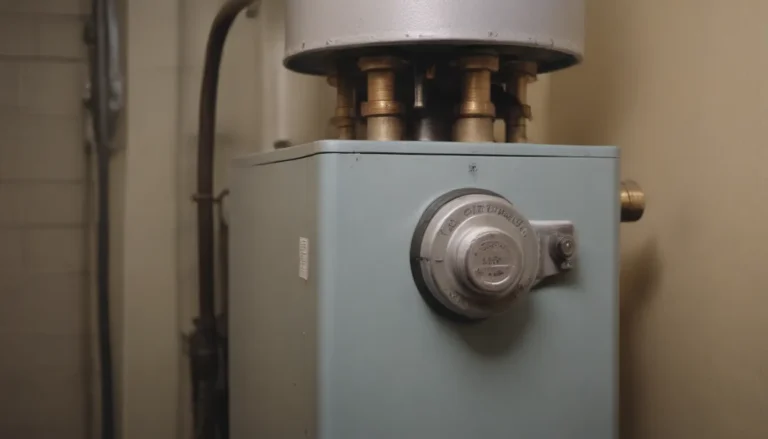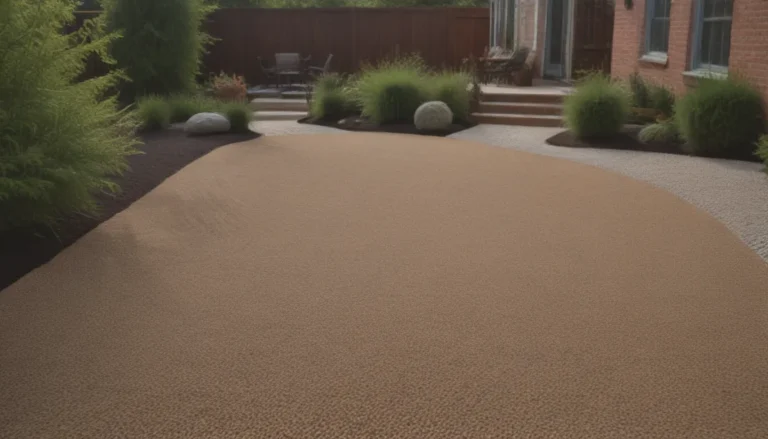The Ultimate Guide to Choosing Between Water-Based and Oil-Based Polyurethane

If you’re in the market for a protective finish for your woodworking project, you’ve likely come across the dilemma of choosing between water-based and oil-based polyurethane. Both options have their pros and cons, but how do you decide which one is right for your project? In this in-depth guide, we will explore the major differences between water-based and oil-based polyurethane, as well as their appearances, durability, maintenance, application, drying times, and clean-up processes. By the end of this guide, you’ll have all the information you need to make an informed decision on which type of polyurethane is best for your project.
Polyurethane Finish: What You Need to Know
Polyurethane is a clear, thin liquid coating that protects wood while enhancing the wood grain. While similar to varnish, shellac, and lacquer, polyurethane stands out as a polymer-based protective finish that offers superior durability and longevity.
Water-based vs. Oil-based Polyurethane: Major Differences Explored
Water-based Polyurethane
- Odorless
- Water clean-up
- Flexible finish
- More coats needed for protection
- Less durable
- Touch-ups may be necessary
Water-based polyurethane utilizes water as the base for carrying the polyurethane solids, making it a more environmentally friendly option compared to its oil-based counterpart. While it can provide a flexible finish, it typically requires more coats to achieve the same level of protection as oil-based polyurethane.
Oil-Based Polyurethane
- Hard shell finish
- High build
- Fewer coats needed for protection
- Longer curing time
- Strong odor
- Requires mineral spirits or paint thinner for clean-up
Oil-based polyurethane utilizes petroleum and mineral solvents to carry the polyurethane solids. It forms a tough shell finish that offers excellent abrasion and scratch resistance, making it an ideal choice for high-traffic areas or projects where durability is a key factor.
Appearance: Water-based vs. Oil-based Polyurethane
- Water-based polyurethane dries clear, with minimal color imparted.
- Oil-based polyurethane provides a rich, golden glow with fewer coats and can have a slightly yellow sheen in multiple coatings.
Water-based polyurethane offers a nearly invisible finish with minimal build, while oil-based polyurethane creates a warm, amber glow that may be desired for certain projects.
Durability and Maintenance Considerations
- Water-based polyurethane is less durable and may scratch or dent easily.
- Oil-based polyurethane provides excellent abrasion and scratch resistance.
While water-based polyurethane may require more frequent touch-ups and maintenance, oil-based polyurethane offers long-lasting durability that can withstand the test of time.
Application and Process
- Water-based polyurethane can be applied with a brush, roller, spray, or rag.
- Oil-based polyurethane is self-leveling and can also be applied with various tools.
Both types of polyurethane can be applied using different methods, but water-based polyurethane offers a less odorous application process and requires soap and water for clean-up, whereas oil-based polyurethane has a more pronounced odor and requires mineral spirits or paint thinner for clean-up.
Tip: Achieving Professional Results
Applying polyurethane with a sprayer can ensure an even finish and professional results.
Drying Times and Recoat Considerations
- Water-based polyurethane dries and cures quickly, allowing for faster application of multiple coats.
- Oil-based polyurethane dries slowly and may have a longer recoat time.
If time is of the essence, water-based polyurethane may be the better choice for quick project turnaround, while oil-based polyurethane offers a longer curing process but provides a durable finish.
How to Choose the Right Polyurethane for Your Project
When deciding between water-based and oil-based polyurethane, consider the following factors:
Water-based Polyurethane: Ideal for
- Easy application and clean-up
- Projects where odorous solvents are not preferred
Water-based polyurethane is a great choice for projects that require a clean application process without the strong odor associated with oil-based polyurethane.
Oil-based Polyurethane: Ideal for
- Achieving a hard shell finish with fewer coats
- Projects where durability is essential
If you’re looking for a durable finish with a warm, rich glow, oil-based polyurethane is the way to go. It provides superior abrasion resistance and a classic look that stands the test of time.
Additional Tips for Polyurethane Application
- Sand between coats for a smoother finish.
- Wait for the full recoat time before applying additional coats.
- Wear proper respiratory protection when working with oil-based polyurethane.
Whether you choose water-based or oil-based polyurethane, following these tips can help you achieve a flawless finish that enhances the beauty of your woodworking projects.
Conclusion
In conclusion, water-based and oil-based polyurethanes each have their own set of benefits and drawbacks, making it crucial to consider your project’s specific requirements before making a decision. With this comprehensive guide, you now have the knowledge needed to choose the right polyurethane for your woodworking projects. Remember to weigh factors like appearance, durability, maintenance, application process, and drying times to ensure a successful finish that meets your needs. Happy woodworking!





